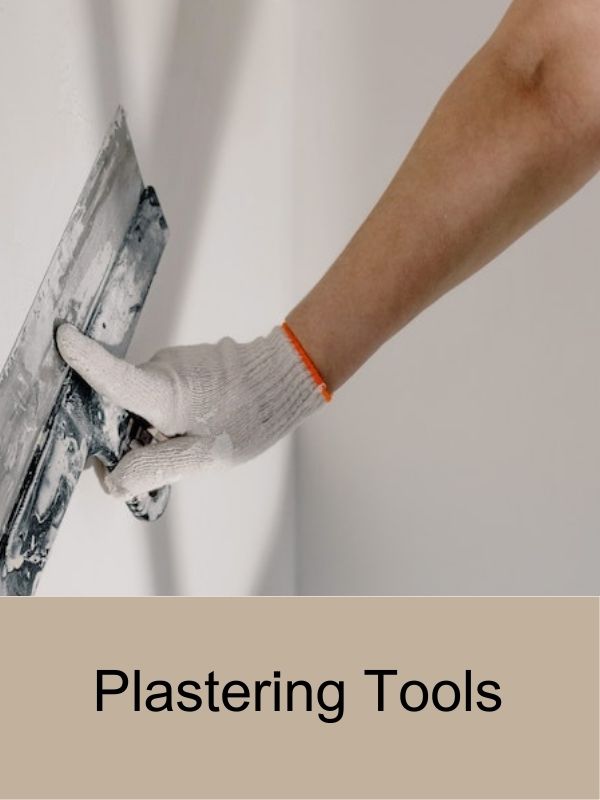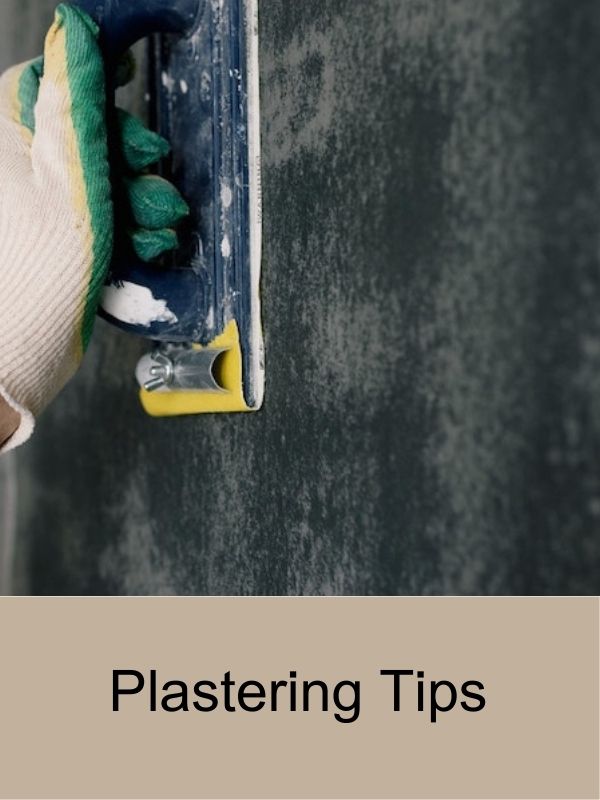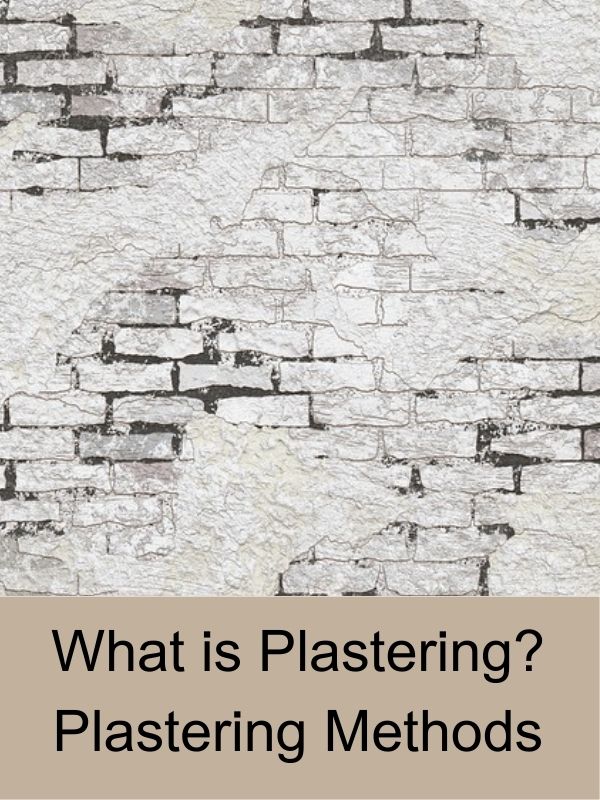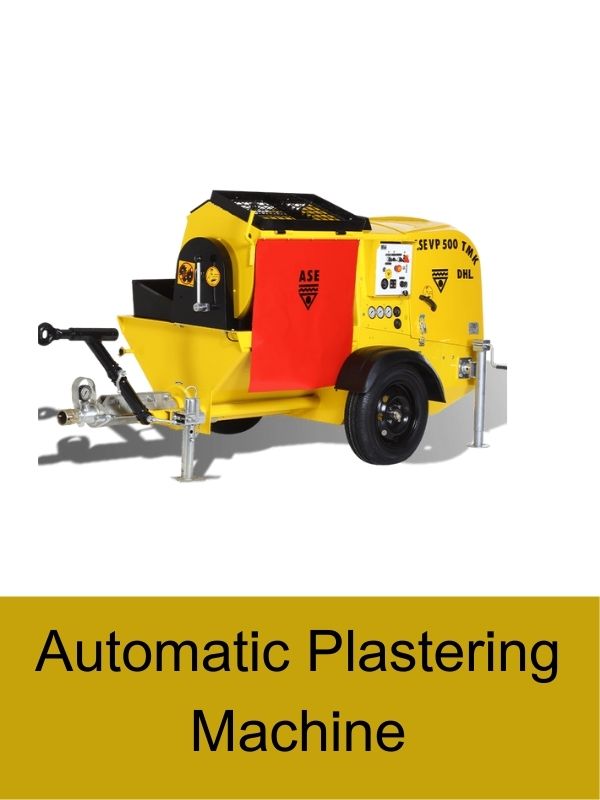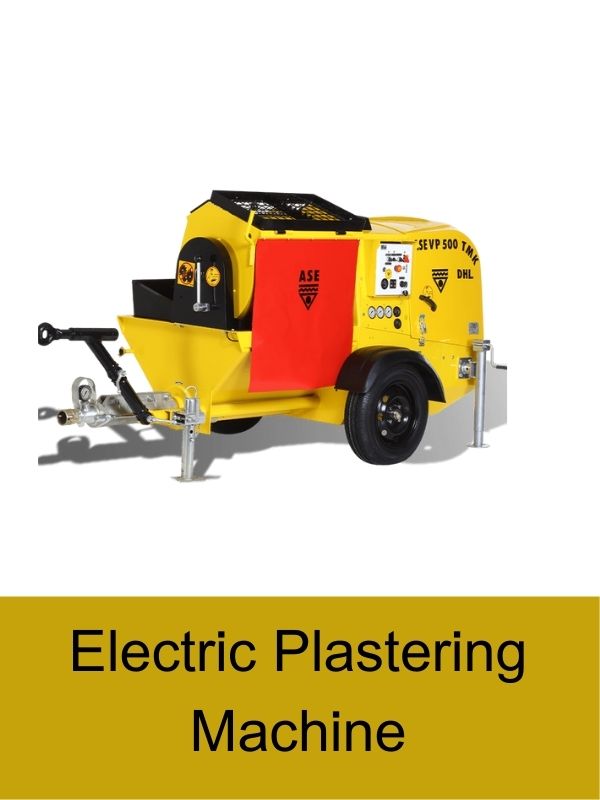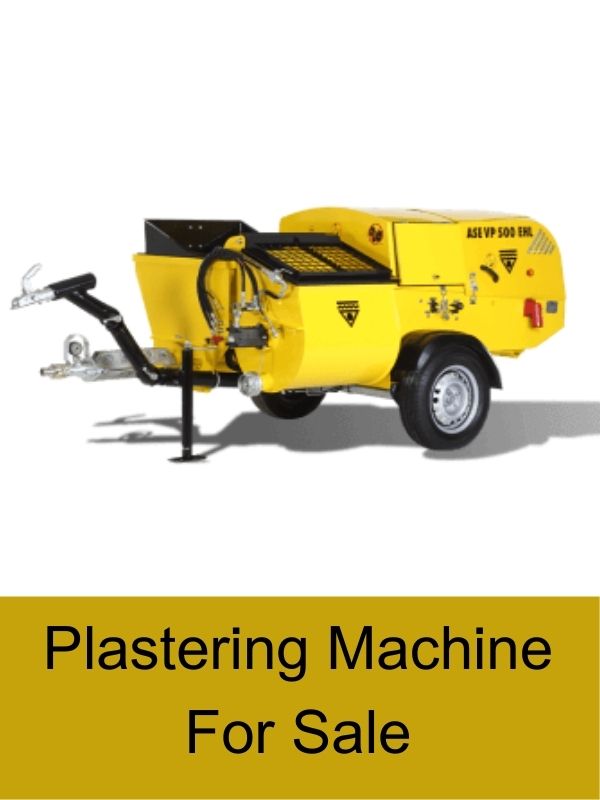Plastering is a fundamental process in the construction industry that involves applying a smooth and durable finish to walls, ceilings, and other surfaces. To achieve professional results, it is crucial to have the right set of plastering tools at your disposal. In this article, we will explore the essential equipment required for plastering and delve into various techniques to ensure a successful plastering project.
Essential Plastering Tools
To achieve a professional plastering finish, you will need the following essential tools:
- Trowel: A trowel is a handheld tool with a flat, rectangular blade used for applying and smoothing plaster onto surfaces.
- Hawk: A hawk is a square or rectangular platform with a handle that allows you to hold and transport plaster from the mixing area to the application site.
- Plastering float: A plastering float is a tool used for spreading and smoothing plaster. It typically has a sponge or rubber base for a more even application.
- Plastering brush: A brush with soft bristles is essential for wetting the surface before applying plaster and for creating desired textures.
- Bucket and mixing paddle: These tools are used for mixing plaster to achieve the right consistency. A drill-mounted mixing paddle can save time and effort.
- Corner trowel: This specialized trowel is designed to create crisp and clean corners while plastering.
- Plastering beads: These metal or PVC strips are used to create straight and clean edges around corners and openings.
- Jointing knife: A jointing knife is used for smoothing and finishing plaster joints and edges.
- Plasterboard saw: This saw with a fine-toothed blade is used for cutting plasterboard to size.
- Spirit level: A spirit level ensures that the plastered surface is straight and level.
- Plastering Machine: A plastering pumps is used to apply plaster or mortar quickly and efficiently to large areas such as walls and ceiling.

